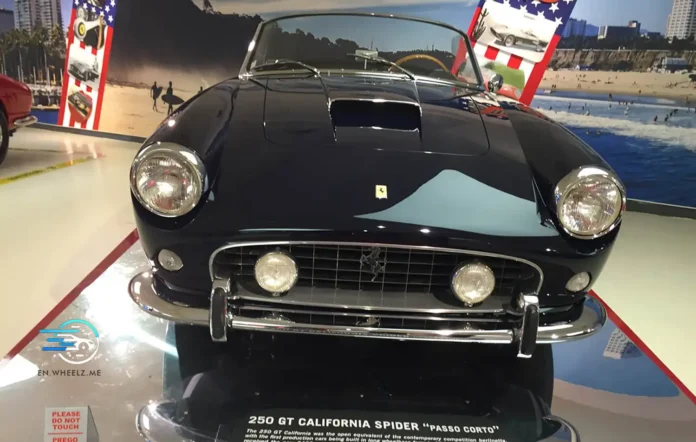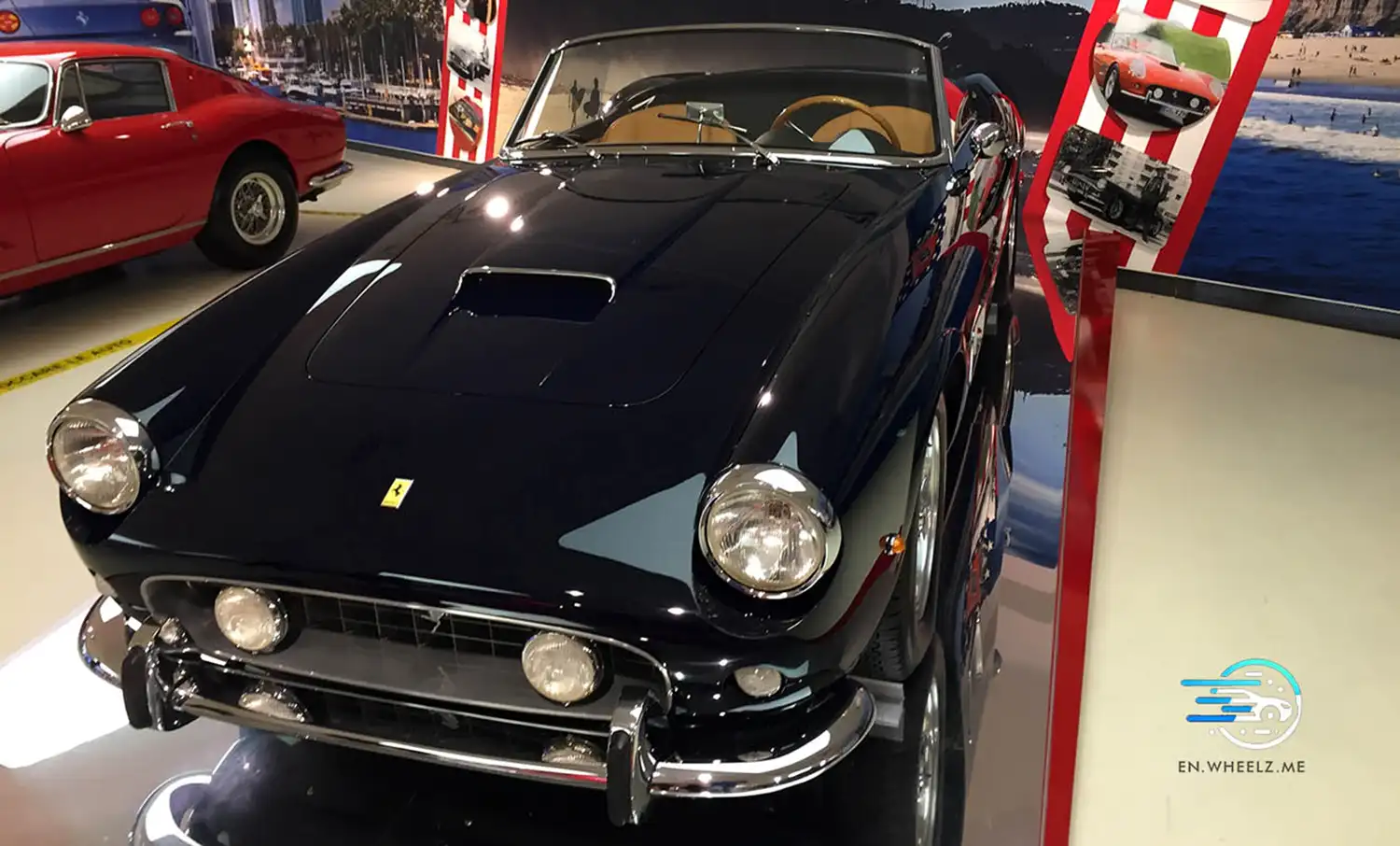
History:
In the late 1950s, Ferrari, spurred by the success of its racing endeavors and the vision of key figures like importer Luigi Chinetti and west coast representative John Von Neumann, sought to conquer the American market. Von Neumann’s idea of a convertible version of the iconic 250 GT Berlinetta, tailored for the Californian sun, became a reality with the birth of the Ferrari 250 GT California Spider.
Design and Construction:
Scaglietti, entrusted with the task, crafted this automotive icon, producing 106 units, nine of which flaunted lightweight aluminum bodies. While termed a “spider,” it was more akin to a convertible with a folding hood, sharing its lineage with the esteemed 250 GT Berlinetta.
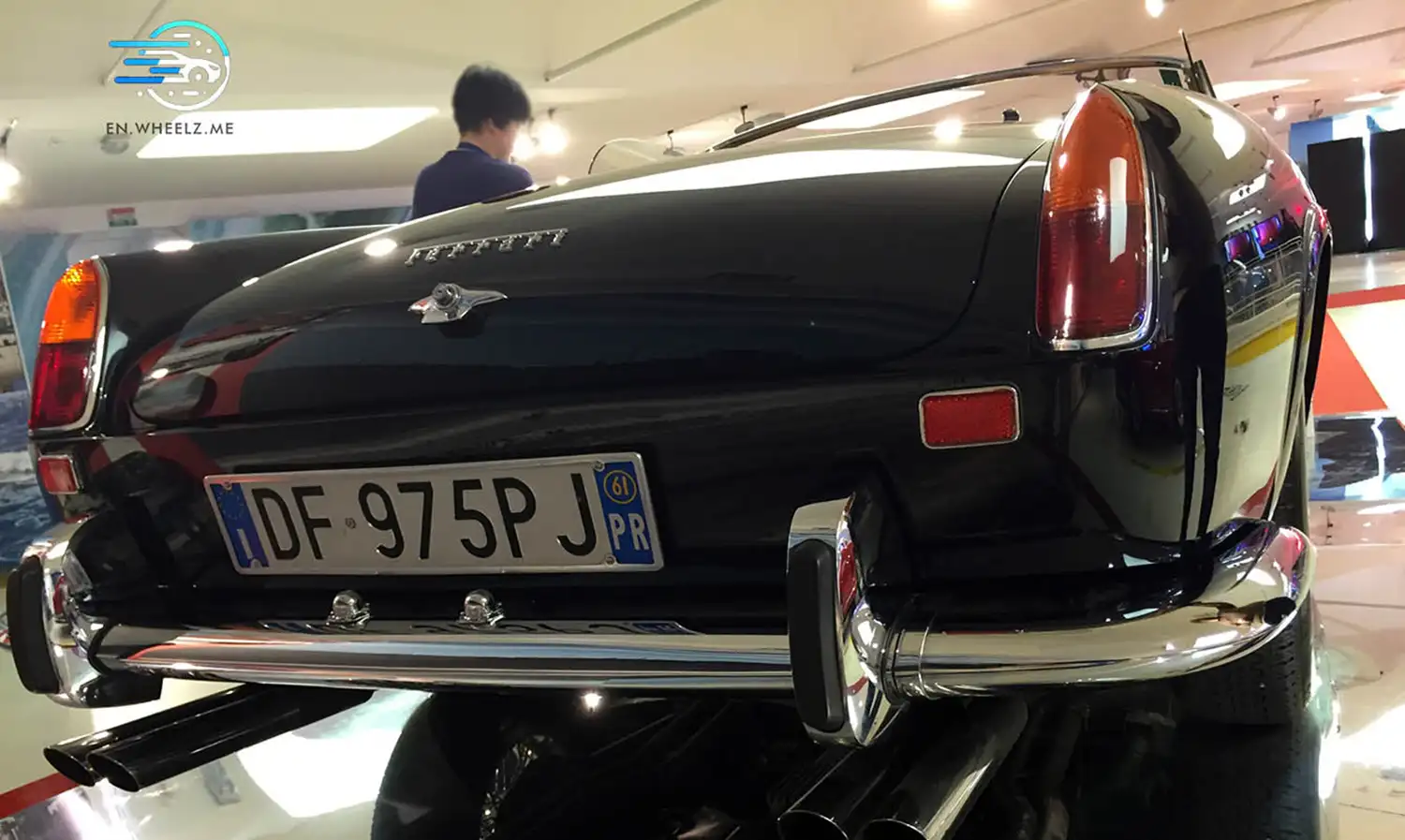
Series Construction:
The 250 GT California Spider came in two distinct series: the ‘LWB’ (1958-1960) and the ‘SWB’ (1960-1962). Noteworthy evolutions included changes in body details and the introduction of disc brakes to later models. A removable hard-top option added versatility to this elegant roadster.
Passo Corto
The Passo Corto, or “short wheelbase,” refers to a significant evolution in Ferrari’s racing lineage, particularly embodied in models like the Ferrari 250 GT Berlinetta SWB. Introduced in 1960, the Passo Corto marked a transition towards a more compact wheelbase of 2400mm, enhancing the car’s agility and responsiveness on the track. This shorter wheelbase, combined with advanced engineering and aerodynamics, allowed for sharper handling and improved cornering capabilities, making it a formidable contender in motorsport competitions of its era. The Passo Corto legacy lives on as a testament to Ferrari’s relentless pursuit of performance excellence and innovation on the racetrack.
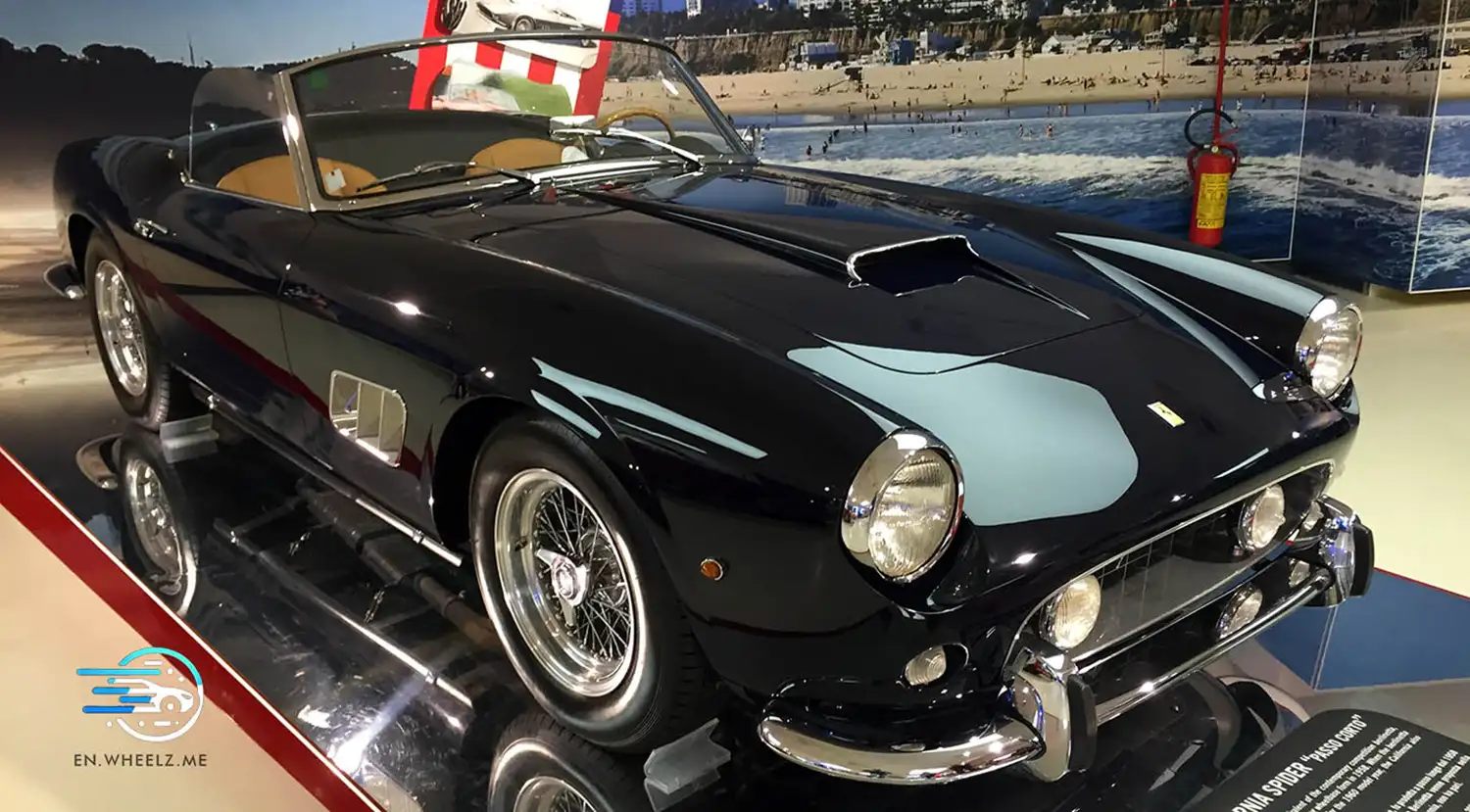
Engine:
Powering the California Spider was a 3-liter V12 engine, delivering exhilarating performance. Early models boasted single overhead camshafts per bank, while later versions featured outside spark plug variants, contributing to a claimed power output of 260 bhp.
Chassis and Performance:
Constructed on a tubular steel frame, the California Spider offered exceptional handling, thanks to its independent front suspension and live axle rear suspension. With a wheelbase of 2600mm and a dry weight of 1100kg, it struck a balance between agility and stability.
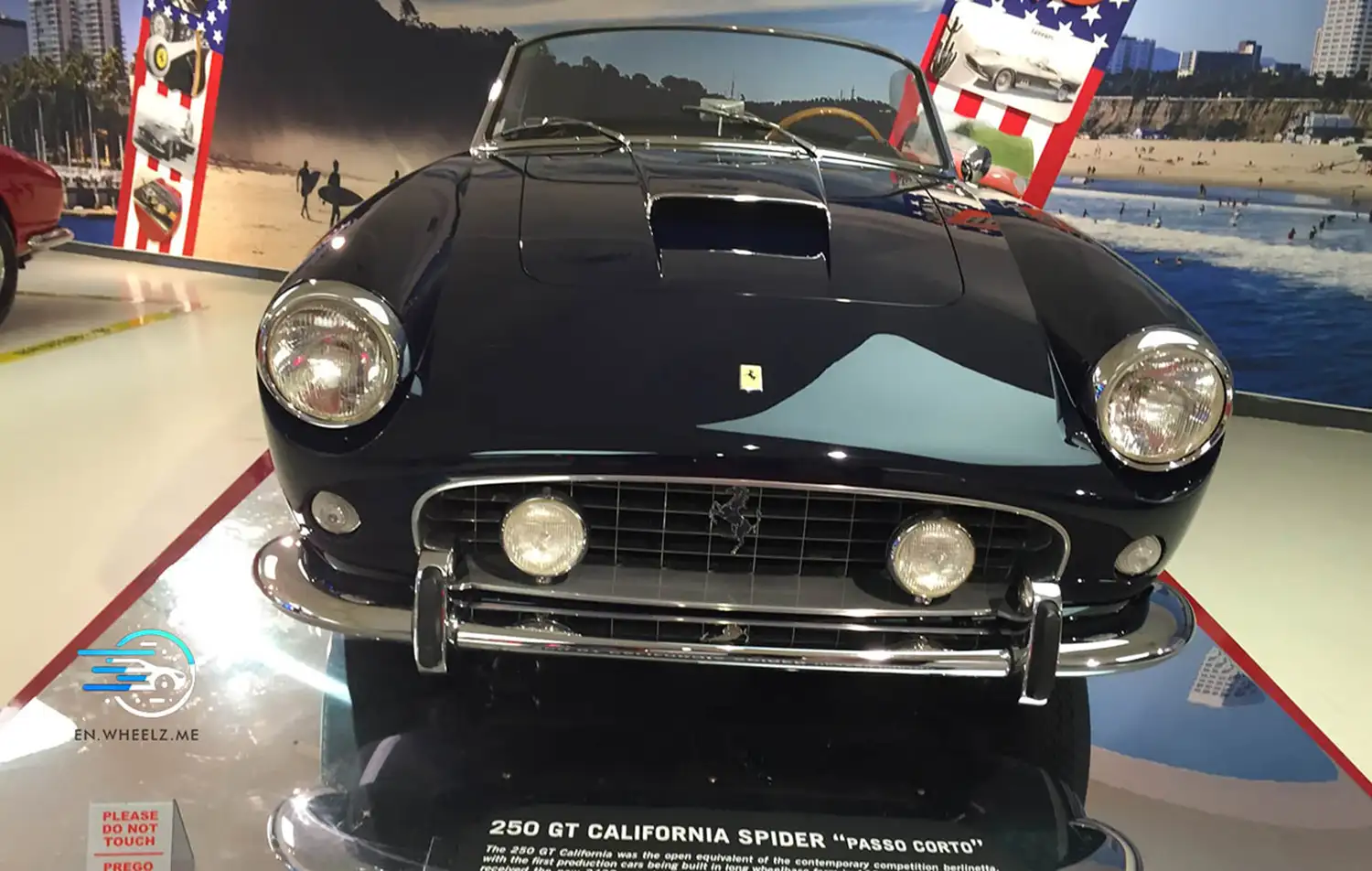
Specifications:
Engine:
- Type: Front, longitudinal 60° V12
- Displacement: 2953.21cc
- Maximum Power: 240 hp at 7000 rpm
- Compression Ratio: 8.5 : 1
- Fuel Feed: Three Weber 36 DCL carburetors
- Ignition: Single spark plug per cylinder, two coils
- Lubrication: Wet sump
- Clutch: Twin-plate
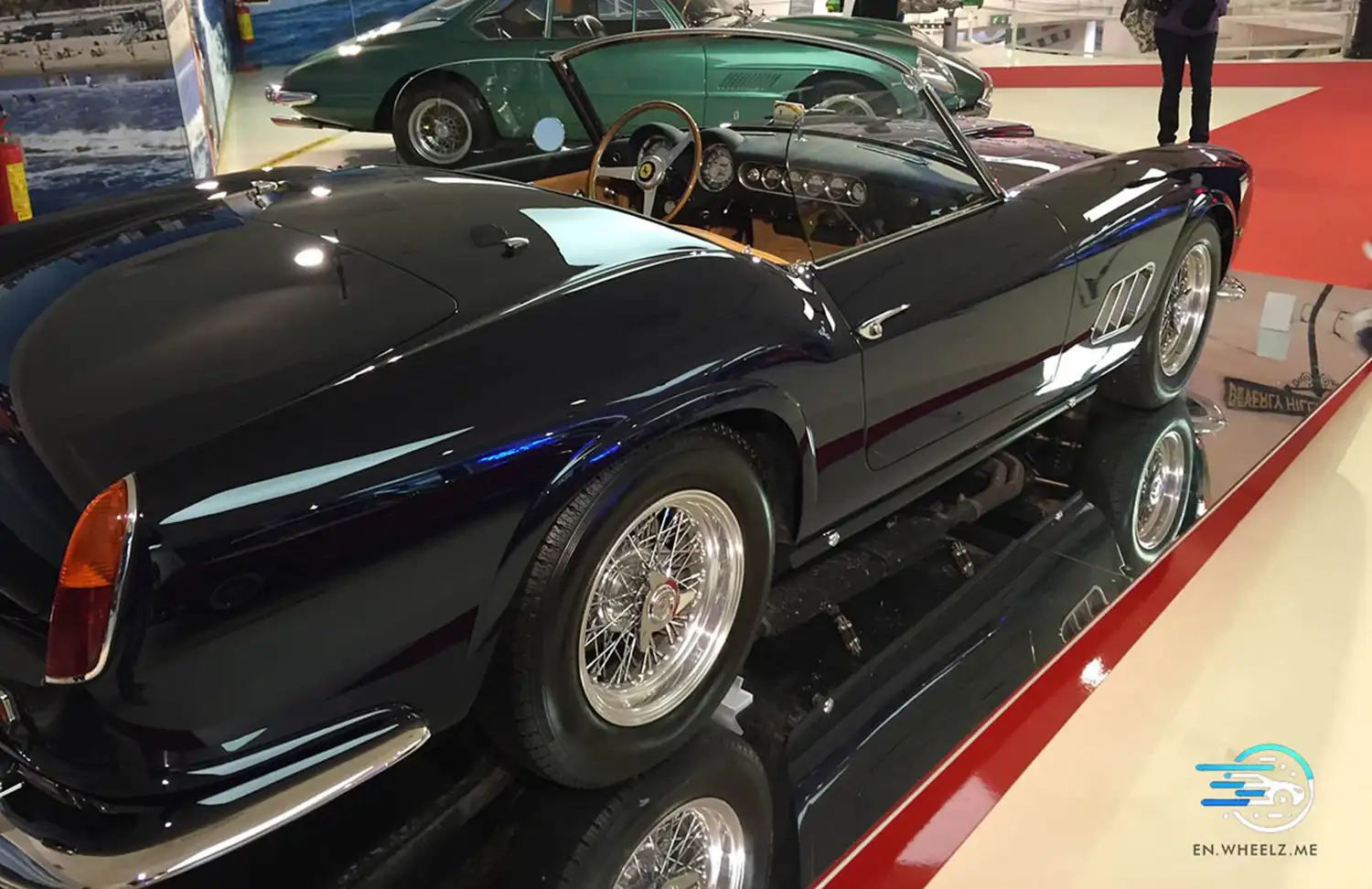
Chassis:
- Frame: Tubular steel
- Suspension: Independent front, live axle rear
- Brakes: Drums
- Transmission: 4-speed + reverse
- Steering: Worm and sector
- Fuel Tank Capacity: 100 liters
- Front Tires: 6.00 x 16
- Rear Tires: 6.00 x 16
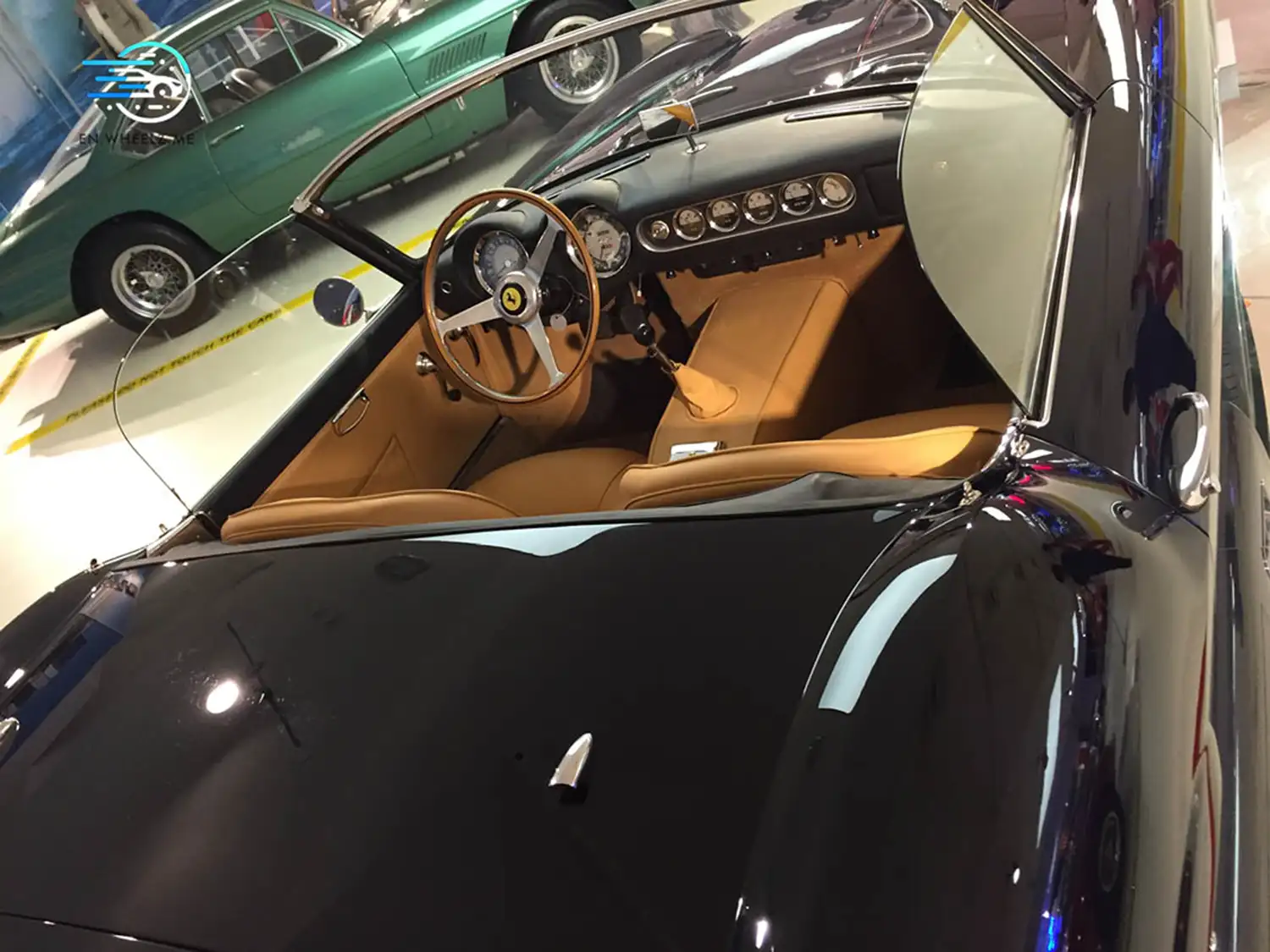
Dimensions:
- Wheelbase: 2600mm
- Front Track: 1354mm
- Rear Track: 1349mm
- Weight: 1100kg (dry)
Performance: Top Speed: 252 km/h
Legacy:
The Ferrari 250 GT California Spider left an indelible mark on automotive history, both on and off the racetrack. Its timeless design, coupled with impressive performance, continues to captivate enthusiasts and collectors worldwide, cementing its status as a true automotive icon.
Info Source: Ferrari (This Article use tools from Chatgpt)
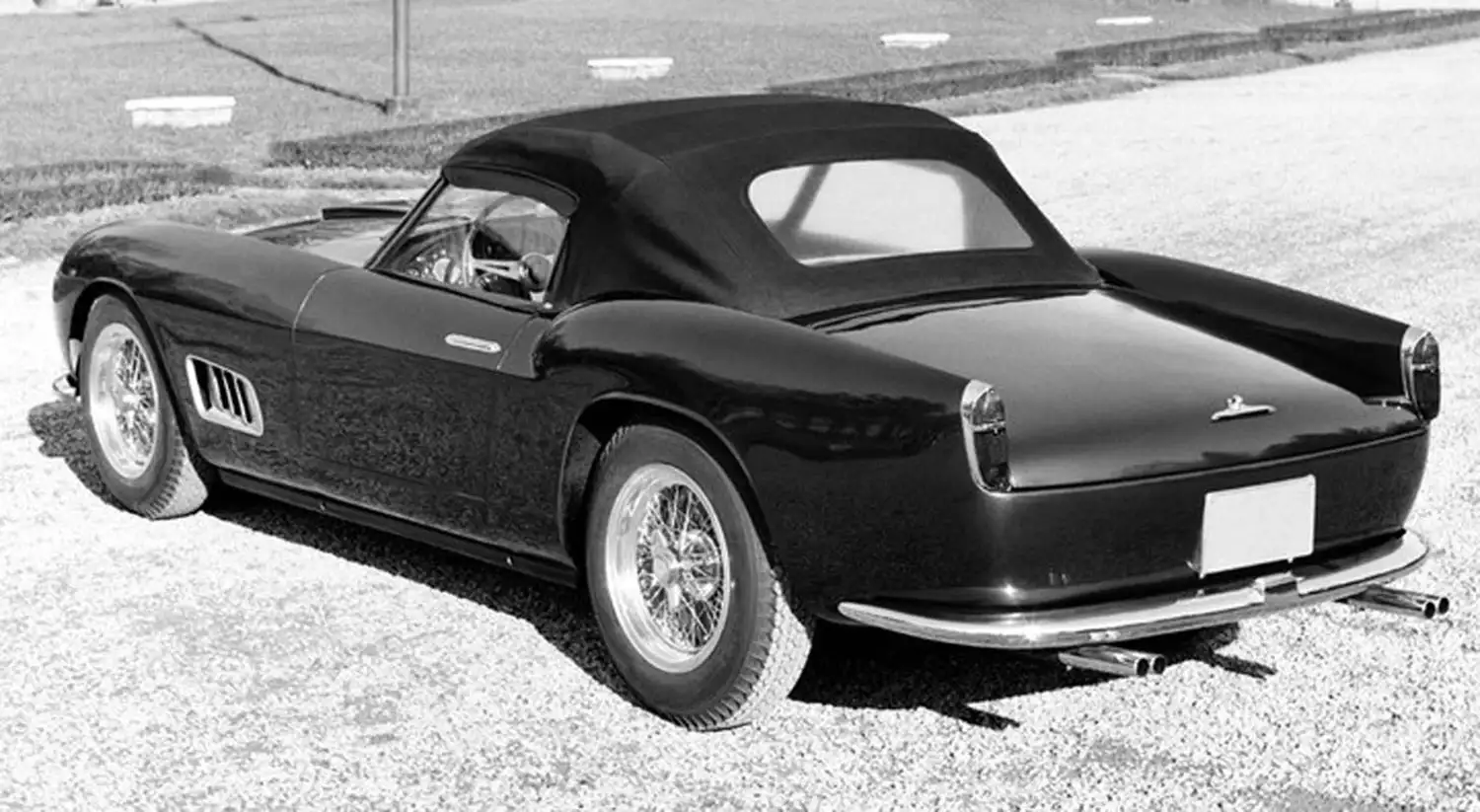
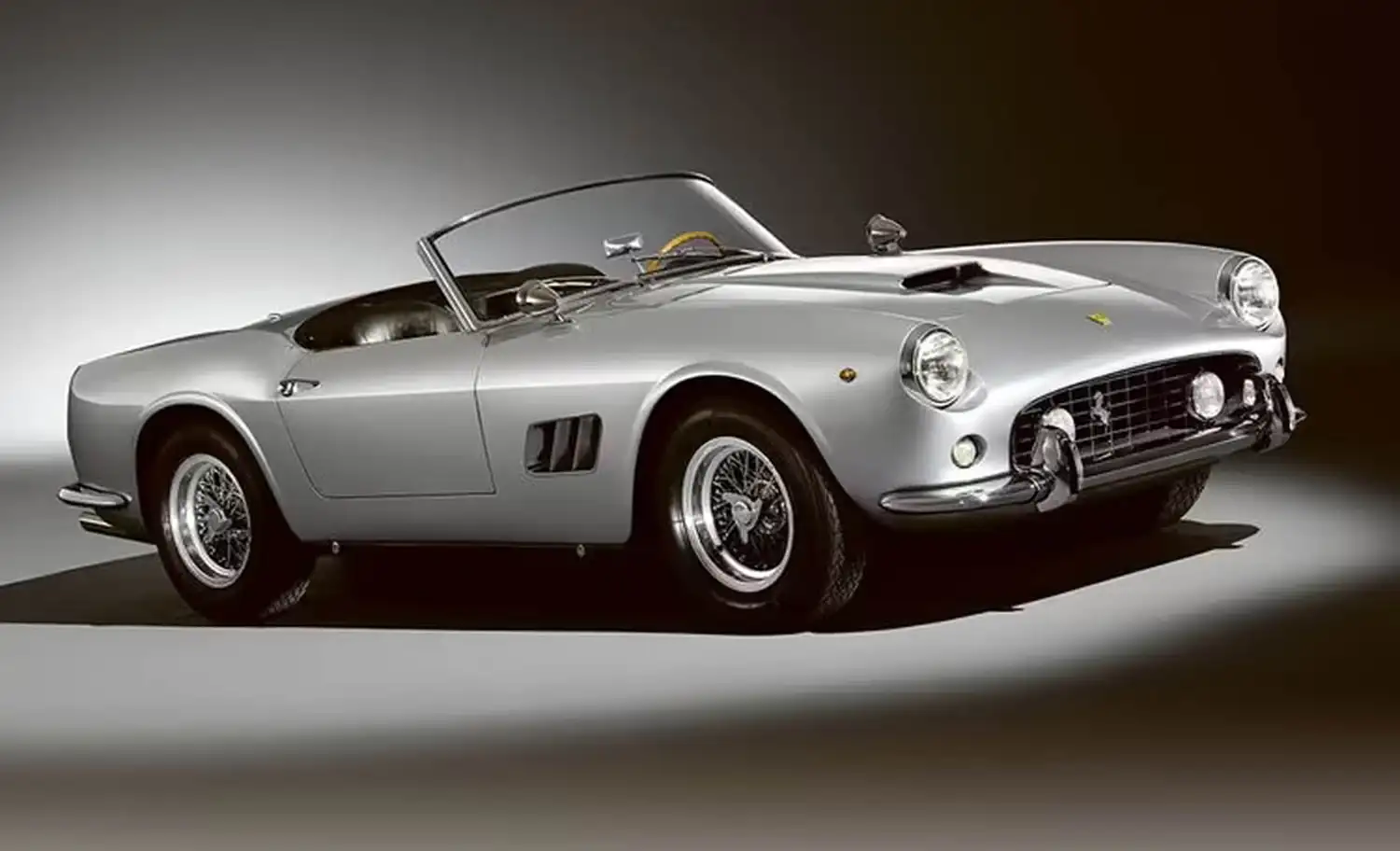
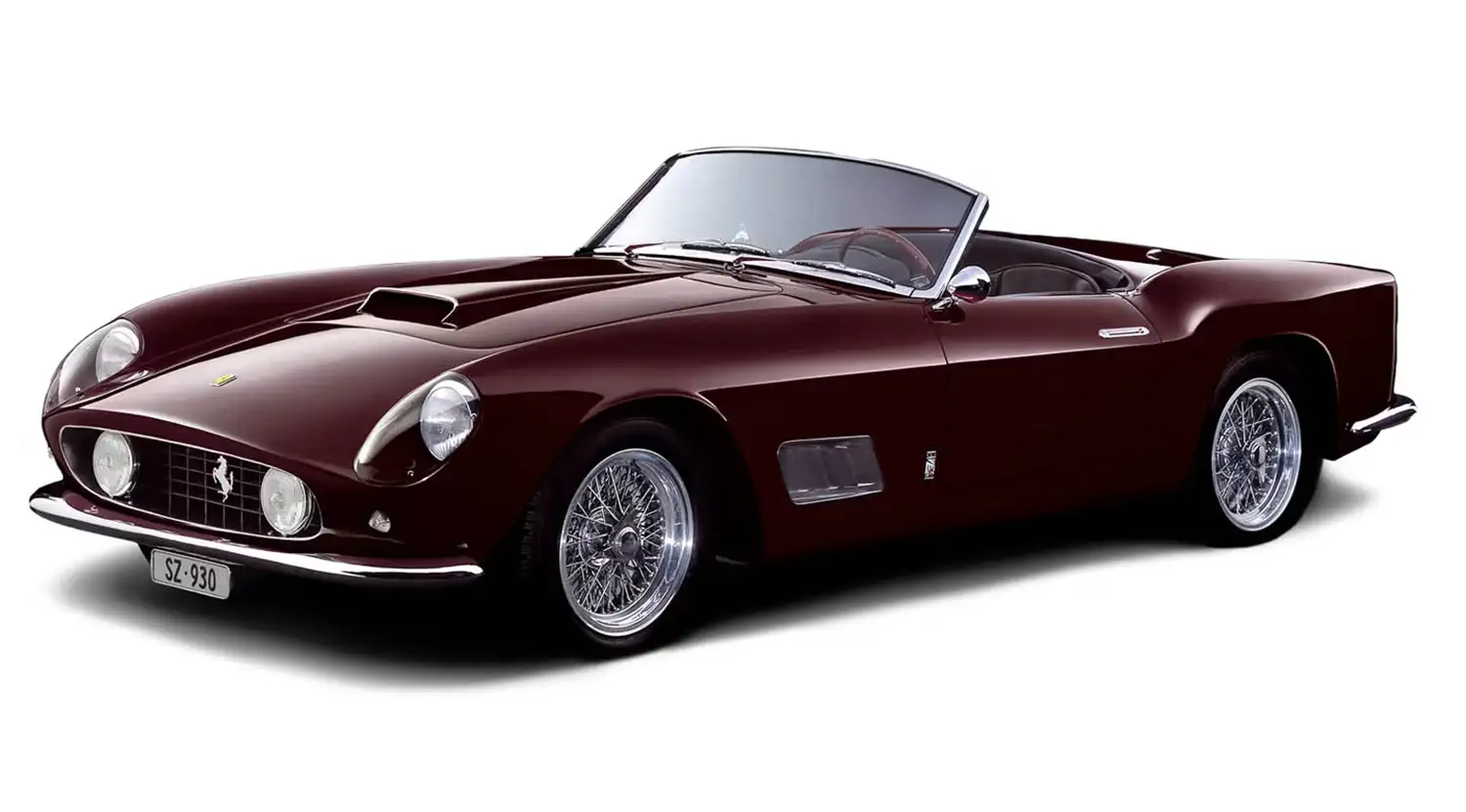

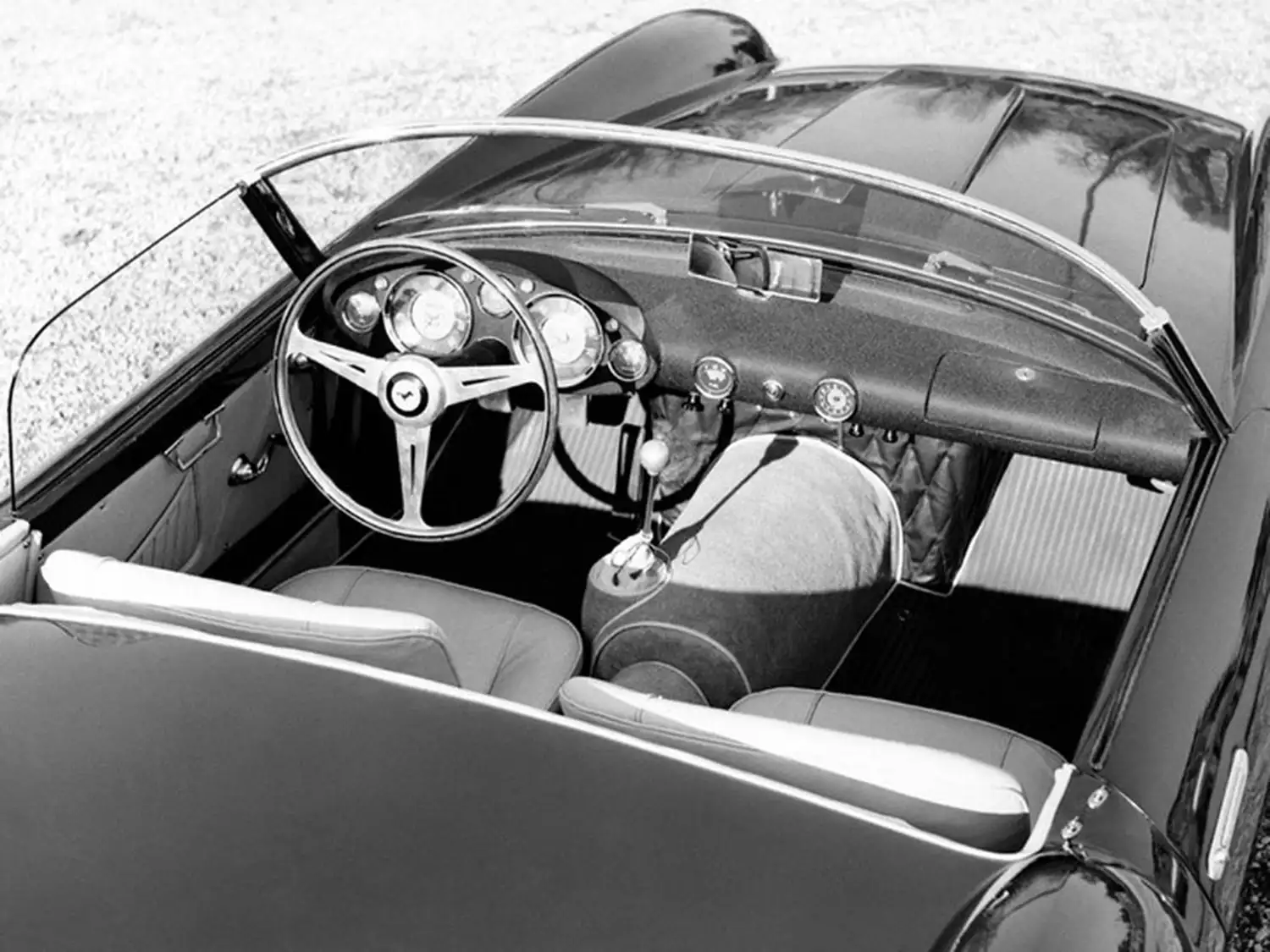
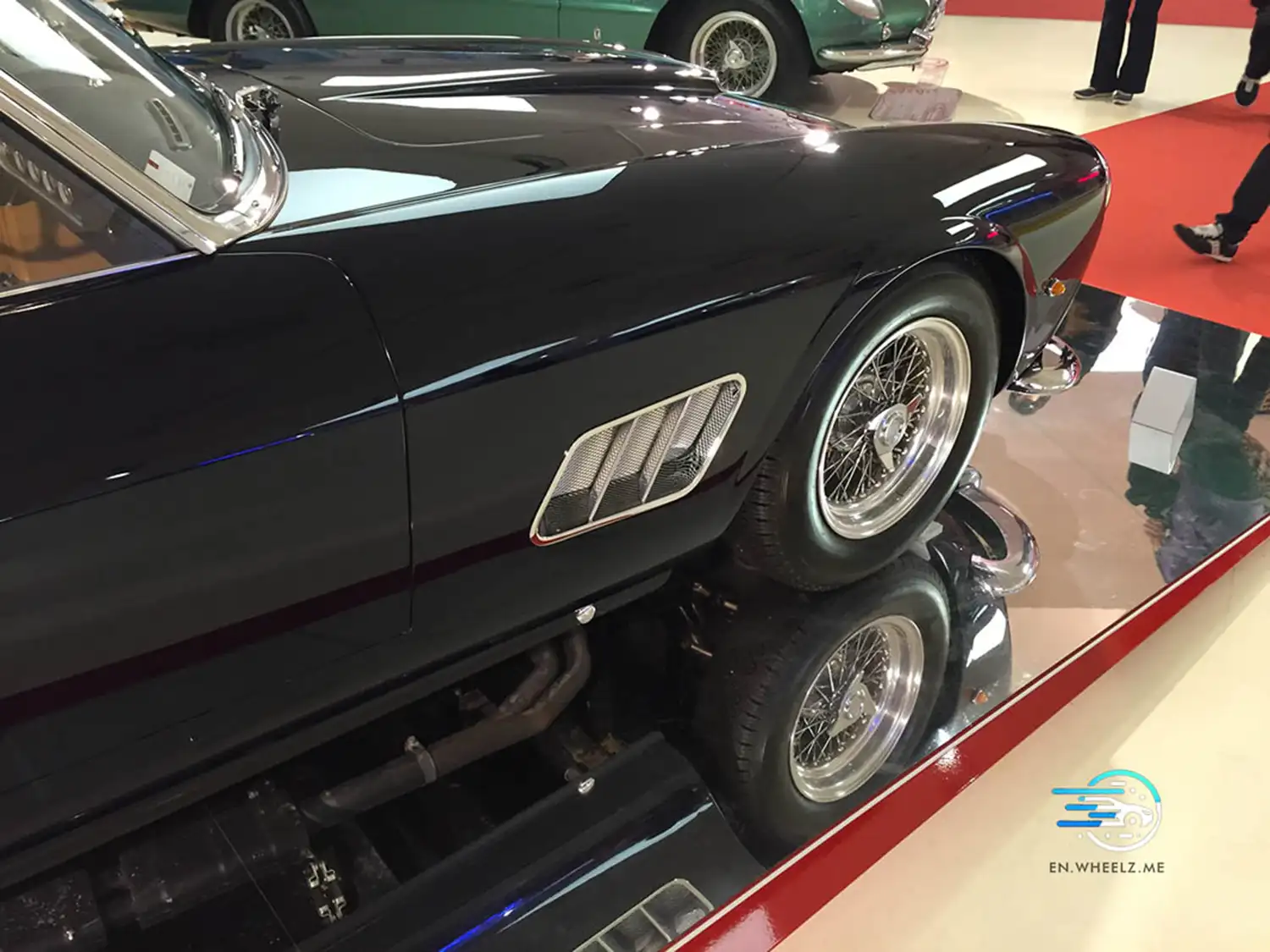

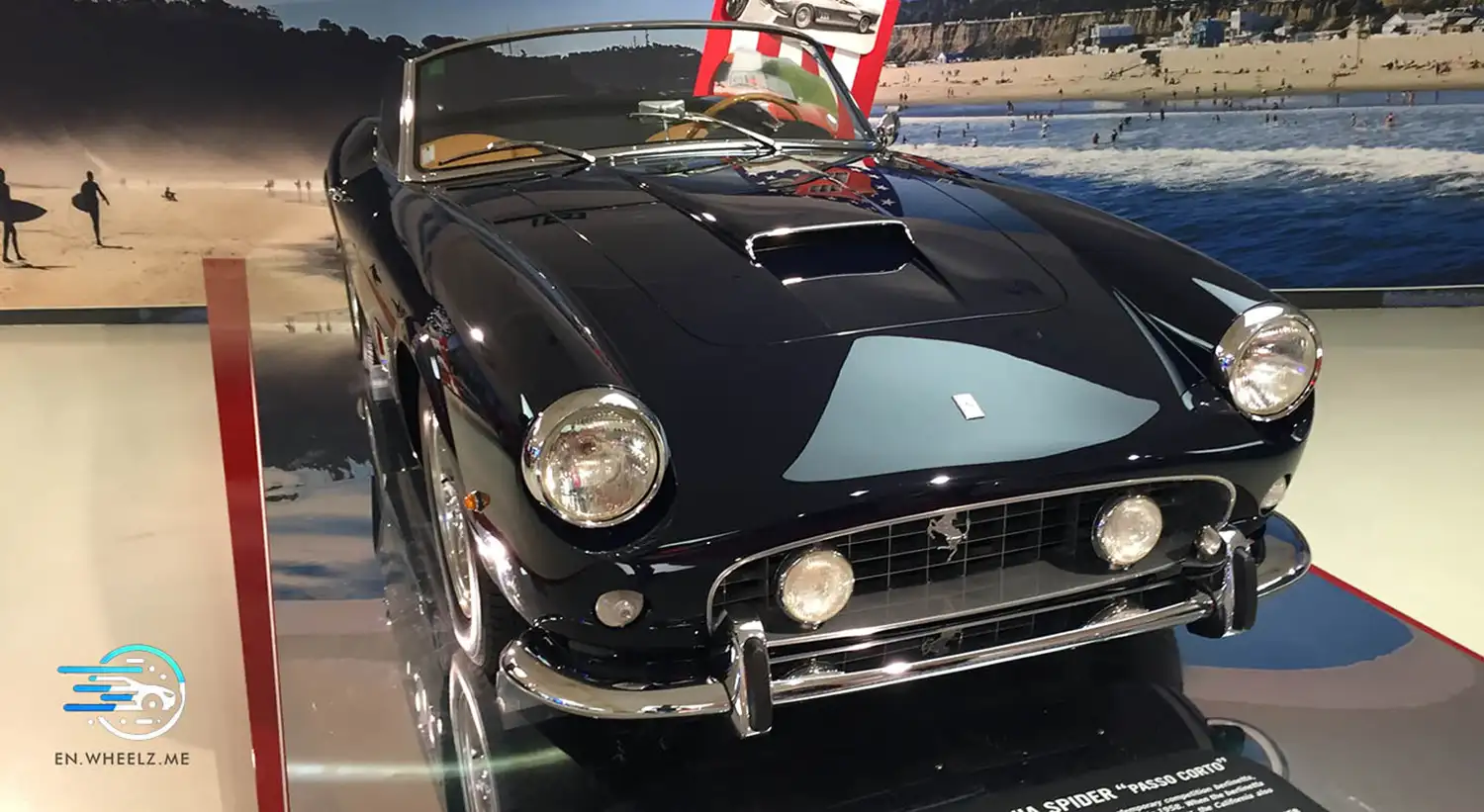
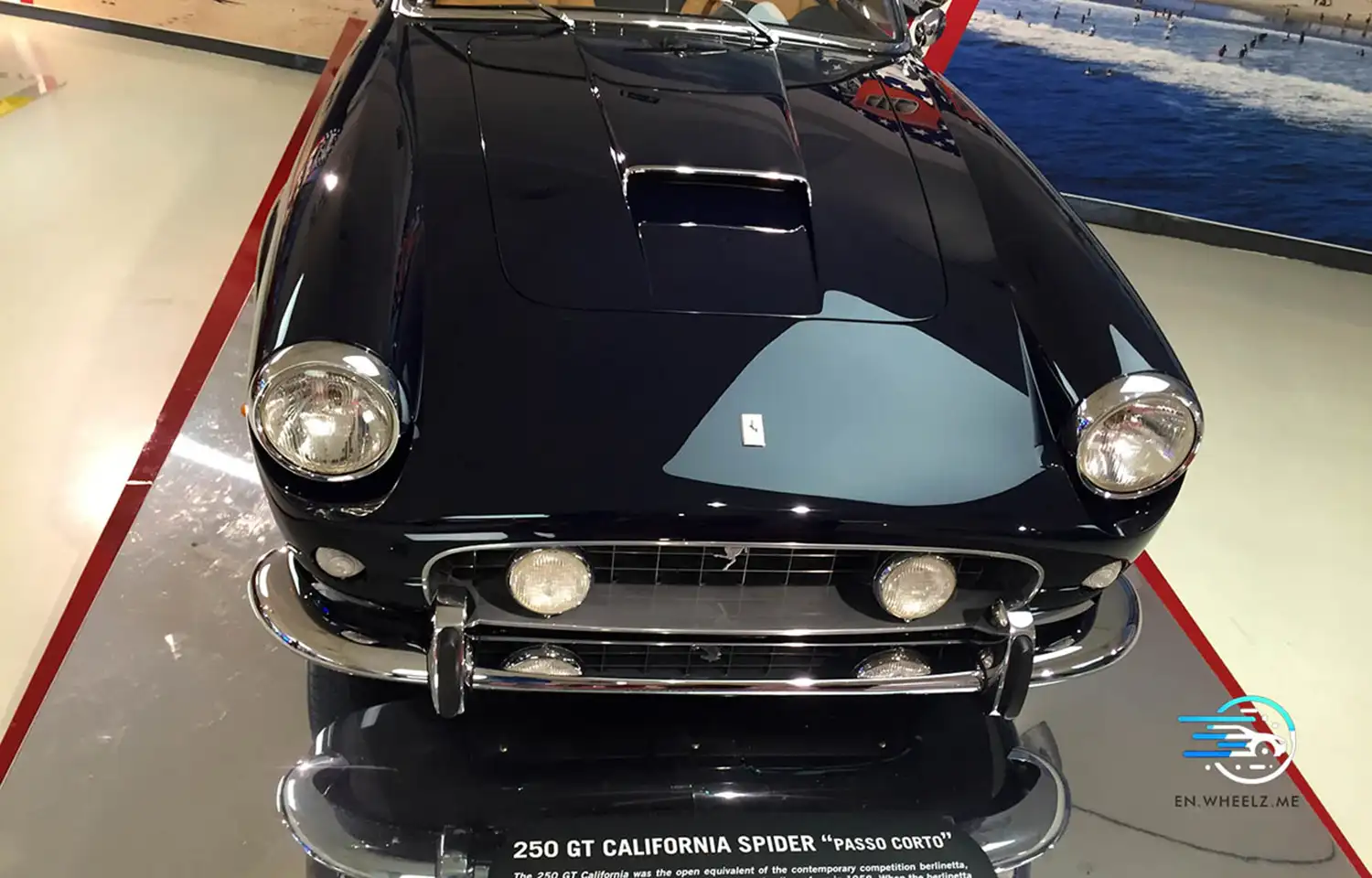

The post Ferrari 250 GT California appeared first on EN.WHEELZ.ME.


